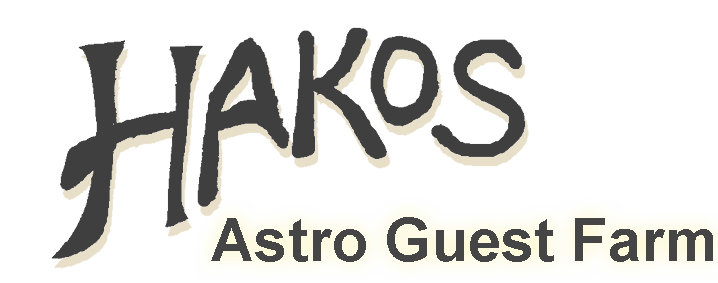The observatories are equipped with 12V and 230V power supply. We can also supply the piers accordingly. The 12V DC supply consists of a banana plug connection and cigarette lighter socket. The 230V supply is provided via the usual Namibian mains socket. Adapters for Euro-plugs are available. Our electricity is generated by our own solar and wind energy system and availability may at times be restricted. Please contact us in advance should you require any clarification.
General Information
The usual accessories and batteries should be brought along. Dew caps against humidity are usually not required. Also consider inter alia, small tools, tape, flashlight (no ‘headlights’, rather red light lamps out of consideration for colleagues). There are 11 piers available for your own or rented devices. Suitable adapter plates for the steel piers are available. Should you, however, require an adapter plate for a particular type of mount, we can have it made on your request, with your drawing and at your expense, or you may bring it along. Please refer to adapter plates. Instead of transporting your heavy tripod, consider attaching your mount on a pier. Counterweights are also available – kindly inquire in advance about the varied hole diameters. Telescopes mounted on the piers do not need to be dismantled during the day, however, to protect them from dust and sun, you should bring along protective tarpaulins (e.g rescue foil). Work surfaces or tables for star maps, etc. are available.
The winter months in Namibia run from May to September. Warm clothing for the night is highly recommended, especially for nights with strong winds when we may experience temperatures below freezing. The following table shows the average high and low temperatures on Hakos:
| May | 25°C | 7°C |
| June | 23°C | 5°C |
| July | 22°C | 5°C |
| August | 20°C | 6°C |
| September | 28°C | 10°C |

